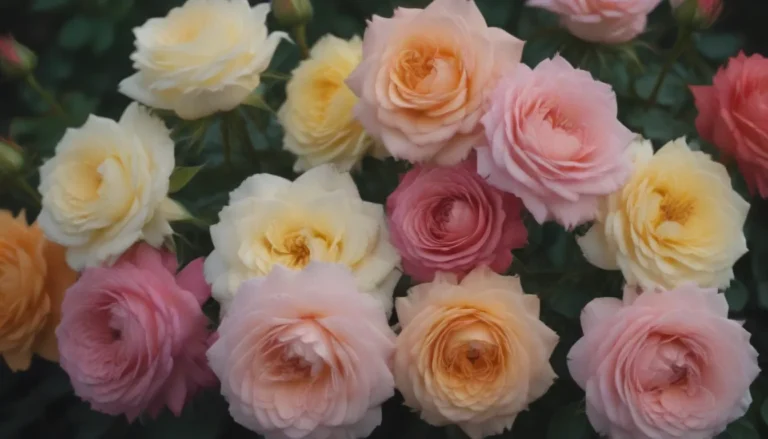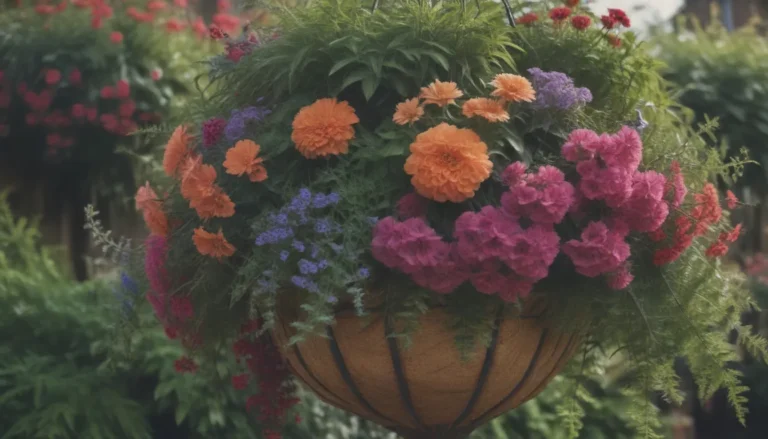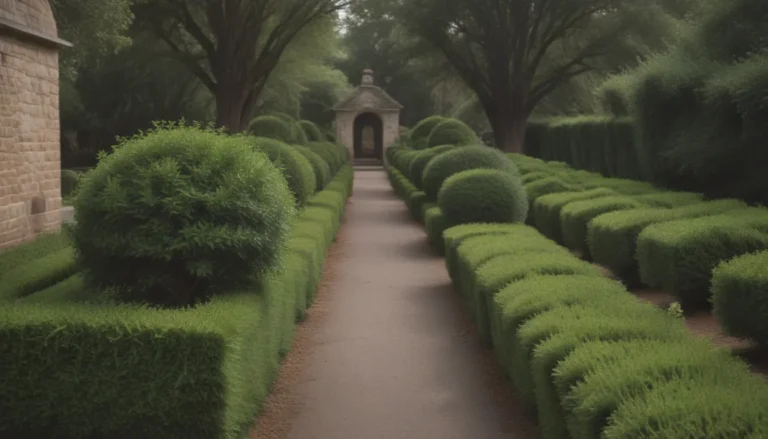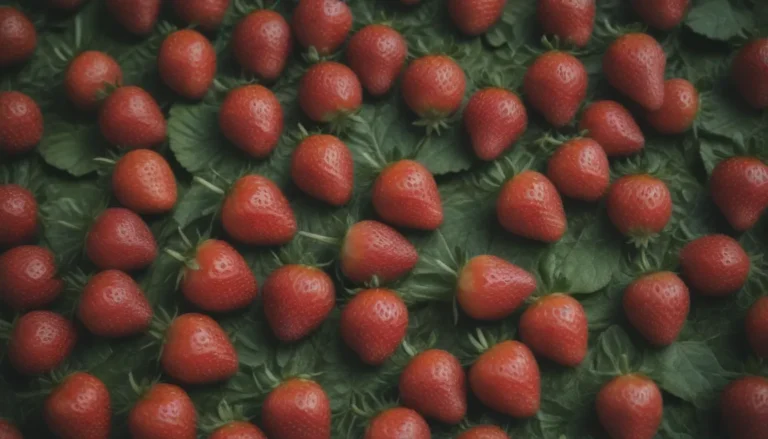Everything You Need to Know About Dethatching Your Lawn
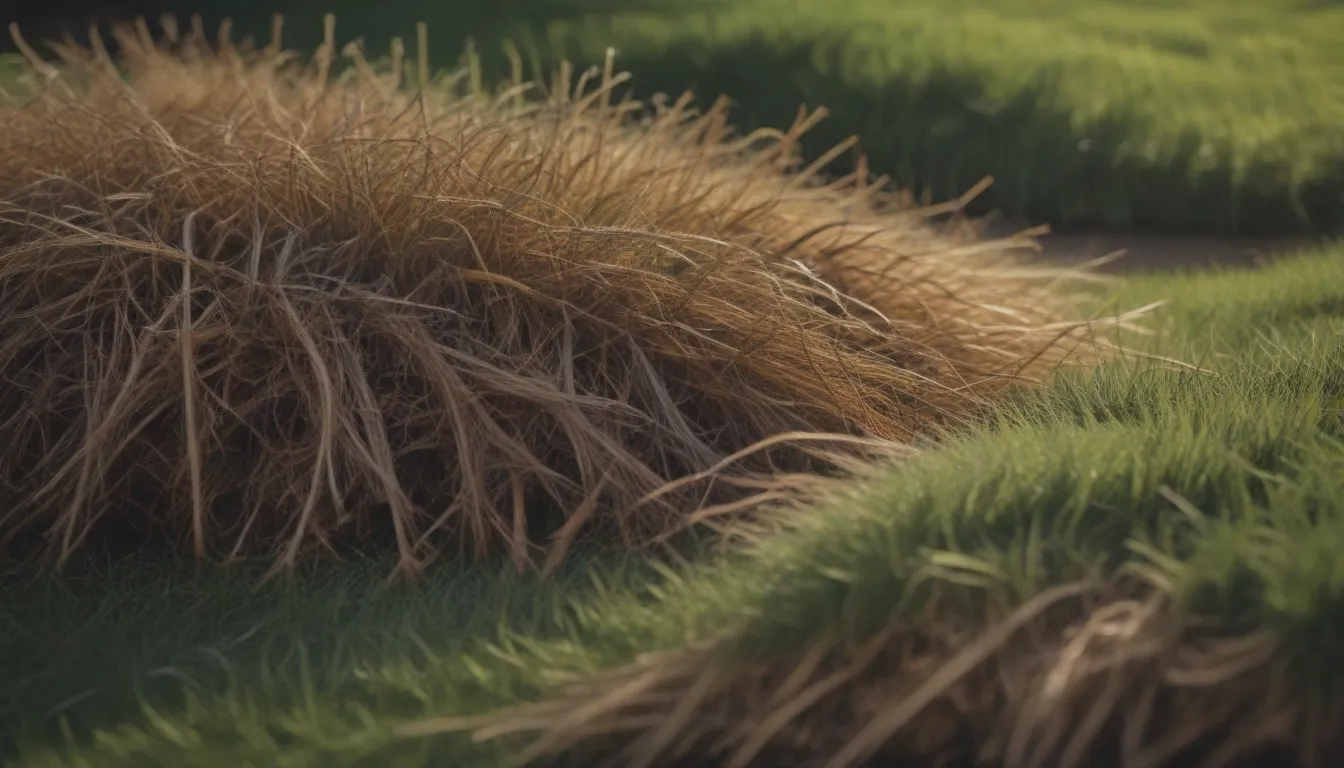
Are you looking to give your lawn a healthy boost? Dethatching could be the solution you need. In this comprehensive guide, we will walk you through the ins and outs of dethatching your lawn, why it’s important, when to do it, and how to do it properly. So grab your rake and let’s get started!
What Is Dethatching?
Dethatching involves the removal of thatch, a mat-like layer of organic materials that can build upon your lawn. Thatch consists of dead grass, rhizomes, mulched leaves, and other debris that has not yet decomposed. When this layer becomes too thick, it can hinder the health of your grass. Dethatching helps to prevent this buildup and keep your lawn lush and vibrant.
How to Dethatch Your Lawn
Dethatching your lawn doesn’t have to be a daunting task. In fact, it’s a simple DIY project that can be accomplished with just a rake. However, depending on the amount of thatch you’re dealing with, there are various tool options you can choose from:
- Leaf rake: Ideal for light dethatching and removing surface-level thatch.
- Rigid garden rake (bow rake): A sturdy option for tougher thatch removal.
- A convex or “dethatching” rake: Specifically designed for dethatching, this tool can make the job easier.
- Power rake: If you have a large lawn with a significant thatch problem, a power rake can be a time-saving option.
Dethatching is similar to raking up fallen leaves. Once you’ve chosen your tool, follow these steps to dethatch your lawn effectively:
- Begin by raking the lawn vigorously to remove the thatch layer.
- After dethatching, overseed your lawn with additional grass seed and apply fertilizers or soil amendments as needed.
- Water your lawn to relieve it from the stress of dethatching.
- Consider core aeration to further enhance the health of your lawn.
Why Dethatching is Important
Dethatching is crucial for maintaining a healthy lawn. When the thatch layer becomes too thick, it can block water and nutrients from reaching the grass roots, leading to poor growth and potential disease. By dethatching your lawn, you can prevent these issues and promote lush, green grass.
When to Dethatch Your Lawn
While dethatching was once considered a yearly task, it is now recommended to approach it more strategically. It’s crucial not to dethatch too often, as excessive dethatching can harm your lawn. To determine if it’s time to dethatch, check the thickness of the thatch layer. If it exceeds 3/4 inch, it may be time to dethatch.
Cool-Season vs. Warm-Season Grasses
The timing of dethatching can vary depending on the type of grass you have. Cool-season grasses should be dethatched in the early spring or early fall, while warm-season grasses are best dethatched in late spring or early summer. Avoid dethatching new lawns, as they need time to develop strong root systems.
Preventing Thatch Build-Up
To prevent excessive thatch build-up, avoid practices that promote rapid grass growth. Regular core aeration can also help reduce thatch accumulation by introducing air and water into the soil.
Dethatching vs. Core Aeration
It’s important not to confuse dethatching with core aeration. While both are beneficial for maintaining a healthy lawn, they serve different purposes. Core aeration involves removing small plugs of turf to improve soil structure, while dethatching focuses on removing the thatch layer.
When to Hire a Professional
Dethatching your lawn can be a labor-intensive task, especially if you have a large lawn or thick thatch layer. In such cases, hiring a professional can save you time and ensure the job is done properly. Lawn-care experts have the equipment and expertise to dethatch your lawn efficiently.
Final Thoughts
Dethatching your lawn is a simple yet essential task for maintaining a healthy and vibrant lawn. By following the steps outlined in this guide and keeping an eye on the thickness of your thatch layer, you can ensure your lawn remains in top condition. So grab your rake and get ready to give your lawn the care it deserves!
For more personalized assistance or to get quotes from top-rated professionals in your area, don’t hesitate to reach out to our partners. Your dream lawn is just a dethatching away!
Source: The UC Guide to Healthy Lawns, University of California Agricultural and Natural Resources
